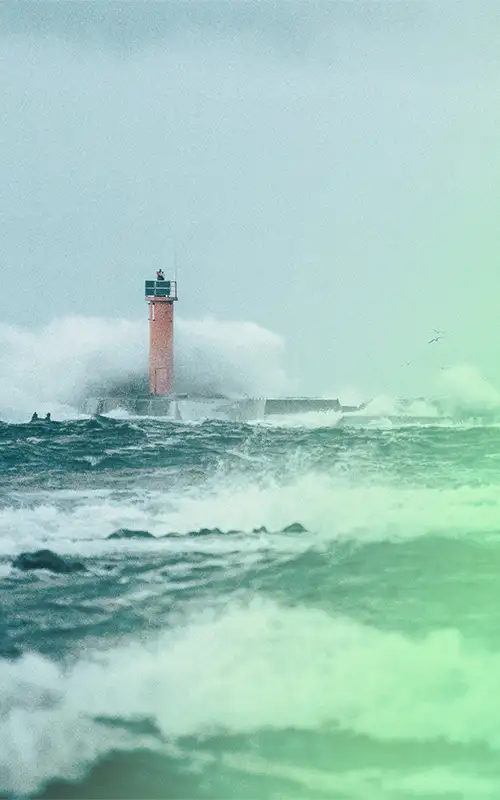Offshore wind captures the strength of sea winds to power a cleaner world


Kite technologies enhances offshore wind with a visionary, lightweight technology designed to unlock new possibilities at sea. Our kite-based systems serve as a flexible complement to traditional offshore wind farms — particularly in areas that demand new approaches, such as deep waters or locations with limited logistics. Unlike conventional turbines, SkySails systems require only minimal anchoring, reducing the need for heavy materials and simplifying transport and installation.
Looking ahead, this technology aims to deliver clean, kite-powered energy offshore — especially in regions where traditional offshore solutions face technical or economic barriers. In the future, high-altitude wind could play a key role in powering the energy transition far out at sea.
To provide you with the best possible experience, we use technologies such as cookies to store and/or access device information. If you consent to these technologies, we may process data such as browsing behavior or unique IDs on this website. If you do not give or withdraw your consent, certain features and functions may be affected.